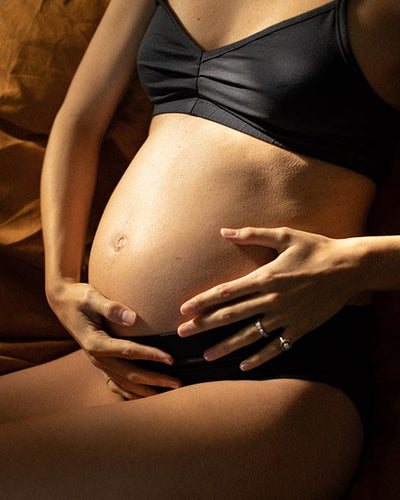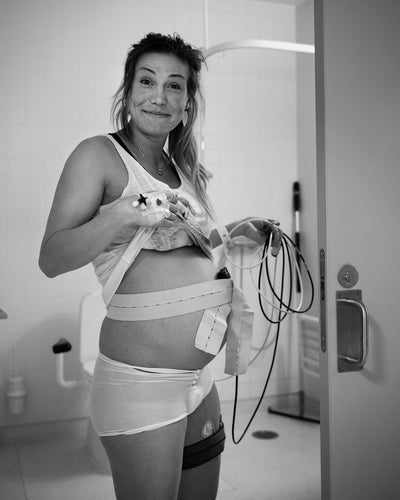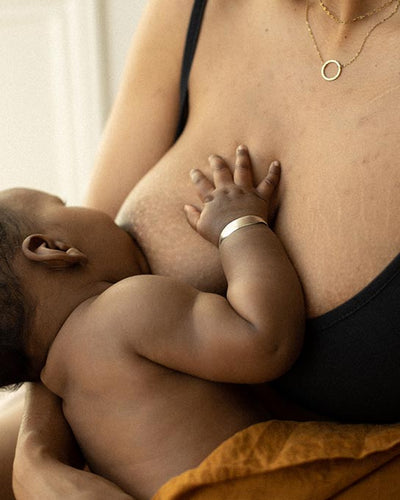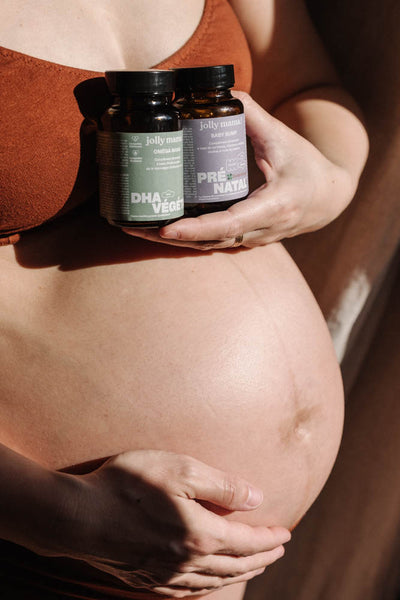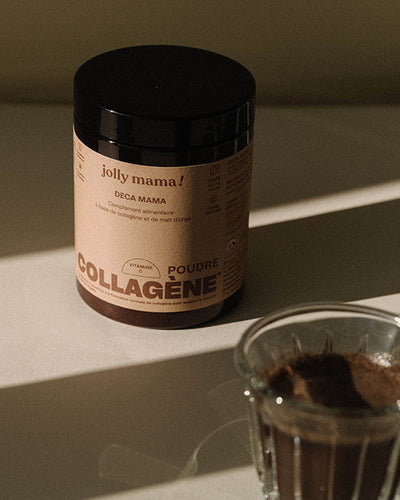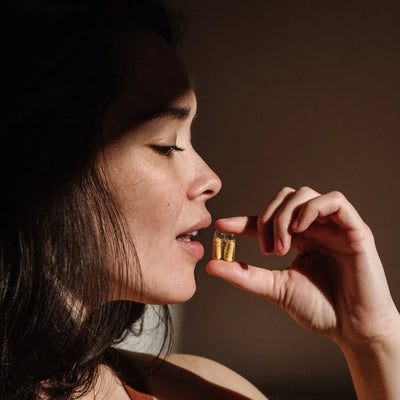L’injection de placenta humain
Le placenta humain peut être injecté après l’accouchement. Cela permettrait de :
Favoriser la cicatrisation des plaies
Les extraits placentaires administrés sont facilement absorbés et se lient à des récepteurs spécifiques présents à la surface des cellules ciblées. Ils stimulent ensuite les cellules, tissus et organes inactifs ou endommagés de l'organisme, assurant ainsi la réparation et la régénération des tissus. Les extraits de placenta présentent également de nombreuses autres propriétés thérapeutiques et agissent comme un stimulant pour la réparation des tissus, la cicatrisation des plaies, l'immunomodulation, l'anti-inflammatoire [22], la prolifération cellulaire et la régénération des tissus [23].
Récemment, le placenta humain a été utilisé sous forme d'extraits dans le domaine clinique. Dans une étude sur des souris, ils ont injecté cet extrait dans les limites de la plaie des souris. Le groupe expérimental a montré une accélération de la diminution de la taille de la plaie par rapport au groupe témoin du troisième au neuvième jour et que l’extrait avait favorisé la cicatrisation [24].
Réduire la douleur
La consommation de placenta après l'accouchement est supposée comme ayant des propriétés pour la douleur après le travail, mais ces données sont controversées et pourraient être attribuées à un effet placebo.
Une recherche a été menée sur l'efficacité des extraits placentaires dans le traitement des patients souffrant du syndrome de douleur régionale complexe, un trouble associé à l'inflammation caractérisé par une douleur spontanée, un gonflement, un changement de couleur de la peau et une restriction des mouvements. Pour un patient atteint de ce syndrome, ils ont montré une amélioration remarquable après avoir reçu des injections d'extrait placentaire dans certains points d'acupuncture, avec un soulagement complet de la douleur, une réduction du gonflement, une disparition des rougeurs et une restauration des mouvements articulaires [25].
Des recherches à plus grande échelle sont nécessaires pour vérifier cela sur d’autres patients mais ces données sont prometteuses pour la suite.
L’application topique de placenta humain
Favoriser la cicatrisation des plaies
Les extraits placentaires se sont révélés efficaces pour la cicatrisation des plaies de diabétiques dans une étude [26]. Cette étude a comparé l'efficacité des pansements topiques (sur la peau) à base d'extraits placentaires par rapport aux pansements à base de povidone iodée (utilisé comme antiseptique local sur la peau) chez divers patients souffrant de plaies diabétiques. Les pansements à base de placenta pouvaient accélérer de manière significative la cicatrisation des plaies par rapport aux pansements à base de povidone iodée provoquant une récupération accélérée de la cicatrisation des plaies de sept à dix jours.
Diminuer la chute des cheveux
L'alopécie (la chute de cheveux) est un problème en constante augmentation, attribuable aux hormones, aux facteurs génétiques, aux maladies auto-immunes, aux médicaments et au stress qui altèrent le cycle du follicule pileux et provoquent la chute des cheveux.
Un rapport précédent a montré l'efficacité des extraits placentaires dans la promotion de la croissance des cheveux [27]. La croissance des poils de souris épilées a été étudiée en appliquant des extraits placentaires humains par voie topique une fois par jour pendant quinze jours consécutifs. Ils ont montré que les extraits placentaires ont augmenté la repousse des poils et ont également augmenté l'expression du FGF-7, qui joue un rôle central dans le maintien de la phase anagène (phase de croissance du cheveux) et la prolifération cellulaire des follicules pileux, ce qui suggère qu'ils pourraient être un bon candidat pour le traitement de l'alopécie.
Les compléments alimentaires chute de cheveux au collagène et à la kératine, l'alternative fiable et efficace pour la pousse des cheveux.
Mamaload, le complément alimentaire collagène en poudre au cacao cru.
Mama hair, la cure cheveux post partum en pipette liquide avec de la kératine brevetée.
Hair essentials, la gélule pour la pousse des cheveux avec de la kératine brevetée.
Le tout prouvé scientifiquement.

